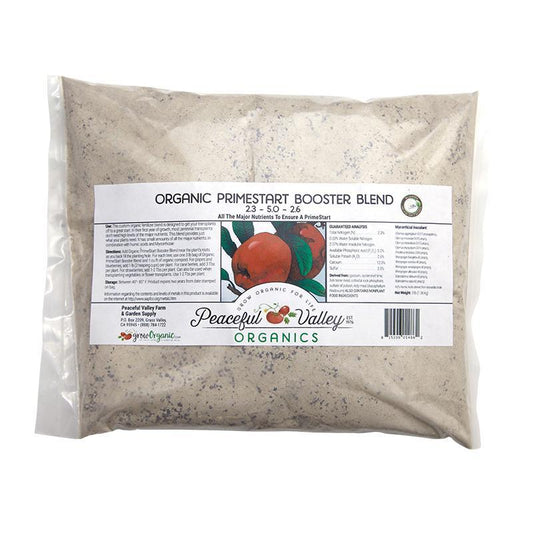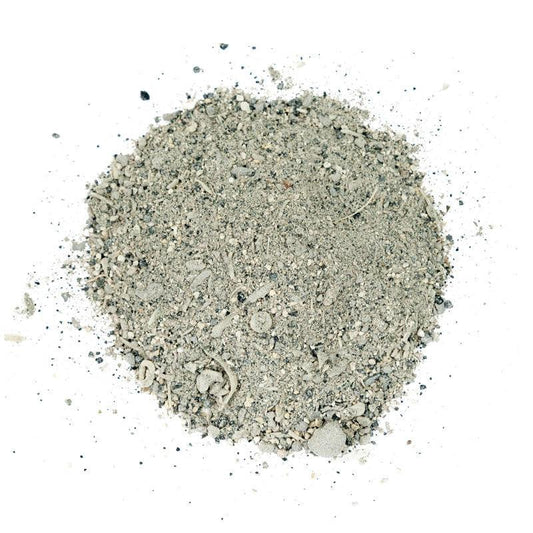Where Chestnuts Grow and How to Prepare Them at Home
If you’ve ever dreamt of roasting chestnuts over an open fire, now is the perfect time to learn where chestnuts grow and how to prepare chestnuts at home. Growing chestnut trees is a rewarding experience, whether you're harvesting fresh nuts for your kitchen or helping restore native American chestnut trees. These versatile nuts are ideal for roasting, baking, or turning into the classic French delicacy, marrons glacés!
Food for the Ages
The chestnut has been cultivated since ancient times; it is even mentioned in the Old Testament. Most people these days know chestnuts from The Christmas Song recorded by Nat King Cole in 1946. American chestnut trees were once a staple until the early 1900s when Chestnut blight devastated native populations. Today, most chestnuts in the U.S. are imported varieties that are disease-resistant and perfect for home gardens or farms.
Harvesting Chestnuts
Chestnuts ripen in spiny burrs that fall to the ground when ready. You’ll know they’re ripe when the burrs open to reveal the nuts inside. Gather the fallen nuts daily to prevent squirrels and other critters from getting to them first. Be cautious when handling the burrs as they can be quite sharp! The growing season for chestnut trees is essential to consider when planning your planting location. For optimal nut production, choose a site with well-draining soil and full sun exposure.
Organic Potting Soil for Growing Chestnut Trees
Using the right potting mix is crucial when growing chestnut trees in containers or during early germination. Ensuring proper soil aeration and moisture retention will help young saplings establish strong roots.
In the Kitchen
Chestnuts have a sweet, starchy flavor and are an excellent source of vitamins, minerals, and phytonutrients. They are gluten-free and can be ground into flour for baking. Chestnuts can be roasted, boiled, or microwaved, but remember to score the shells before cooking to prevent them from exploding!
Marrons Glacés Recipe
Chestnuts are a versatile ingredient in many recipes, but nothing beats the classic French marrons glacés, or candied chestnuts. Here’s a simple recipe to try at home:
- Ingredients:
- 2/3 lb peeled chestnuts (prepared by roasting, boiling, or microwaving)
- 2/3 lb sugar
- 3/4 cup water
- 1 vanilla bean
Instructions: Combine the sugar, water, and vanilla bean in a large pan. Simmer until the sugar dissolves, then add the chestnuts. Steep the mixture for several days, boiling briefly each day to allow the syrup to absorb. Finish by drying the chestnuts in a low oven to create a sweet, glossy coating.
Start Your Chestnut Journey
Growing chestnut trees is a rewarding way to produce nuts right in your backyard, but it's important to understand where chestnuts grow best—typically in well-drained soil with full sun and enough space for multiple trees to ensure good pollination. Once harvested, learning how to prepare chestnuts is just as essential, whether you're roasting them over an open fire or candying them for a decadent treat like marrons glacés. With the right planting location and nutrient-rich soil, your chestnut trees can thrive and provide a delicious, versatile harvest for years to come. Looking to get started? Check out our fruit tree and nut tree for sale to find the perfect addition to your home orchard.






